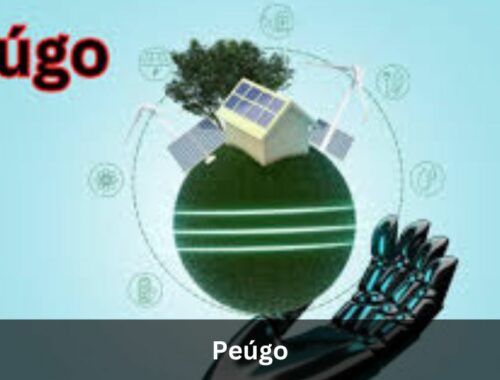
Weaving the Web of Authority: Mastering Contextual Links for Content Marketing
Key Takeaways:
- Understanding the pivotal role of contextual links in enhancing SEO and user experience.
- Employing strategic methods to integrate contextual links within content effectively.
- Recognizing the interplay between high-quality content and the natural acquisition of contextual links.
- Foreseeing the impact of advancements in search technology on contextual linking practices.
The Essentials of Contextual Linking
At the heart of modern SEO, contextual links are the ligaments that connect the body of content across the digital web landscape. Fine-tuned by the algorithms of search engines, these links are crucial markers that signal to both users and search technology the underlying value and authority of webpage content.
Effectively, a vote of confidence, a contextual link embedded within well-crafted content that takes a user to a respected external source, can significantly boost both the source and destination’s SEO profiles.
The goal is to achieve a symbiotic relationship where users are provided additional context or complementary information through the link, enriching their reading experience and rewarding the content provider with enhanced visibility and potential authority in their domain.
The essence of contextual linking lies in its relevance and the seamless fashion in which it is incorporated into the text. Rather than standing out as a sore thumb, contextual links are most effective when they appear as a natural extension of the content narrative, practically inviting readers to explore additional information on the topic at hand.
In doing so, they enrich the content’s informational value and extend its reach. Selecting the correct anchor text is also paramount; it should be intuitive and descriptive yet concise, reflecting the linked content’s essence without giving away its full depth, stimulating user curiosity and engagement.
Best practices in contextual linking dictate that these links should lead to content that both search engines and human readers will find authoritative and credible.
When a link leads to a resource substantially enhancing the reader’s understanding of a topic, such as an in-depth guide, a groundbreaking study, or a statistical analysis, it amplifies the content’s value.
It establishes a more muscular connective tissue across the web of information. Like this, incorporating a contextual link such as relevant link building can be seen as weaving a strand into the broader net of knowledge.
Strategies for Incorporating Contextual Links
When integrating contextual links within your content, strategy is everything. The anchor text(the clickable words that house the link)must be carefully chosen to resonate with the content it inhabits and the destination it flags to.
Above all, the anchor should maintain a natural tone, reflecting how users search for the linked information. It is the anchor text to the content and aligns it with the contextual nature of the linked material, all while keeping an eye on user intent and expected behavior.
The Role of Quality Content in Contextual Linking
Content is king, as the adage goes, and in the kingdom of SEO, the crown jewel is quality content that garners contextual links organically. High-quality content is a magnet for contextual links, attracting them naturally due to its intrinsic value, relevance, and ability to engage readers.
Well-researched articles that offer novel insights, original research that sheds new light on a topic, or comprehensive resources that present thorough information have a higher chance of being linked to, as they provide substantial value to other content creators looking to enhance their work with credible sources.
Advanced Techniques for Contextual Linking
As the quest for SEO supremacy intensifies, exploring advanced techniques becomes increasingly pertinent for those looking to stay ahead of the curve. Semantic linking is gaining traction in the industry, focusing on establishing connections through direct keyword matching and considering the broader contextual framework of content through synonyms and related concepts.
You May Also Like

Exploring Peúgo – Everything You Need To Know In 2024!
April 4, 2024
Introduction to Nodachi – Everything You Need To Know
February 29, 2024


Average Rating